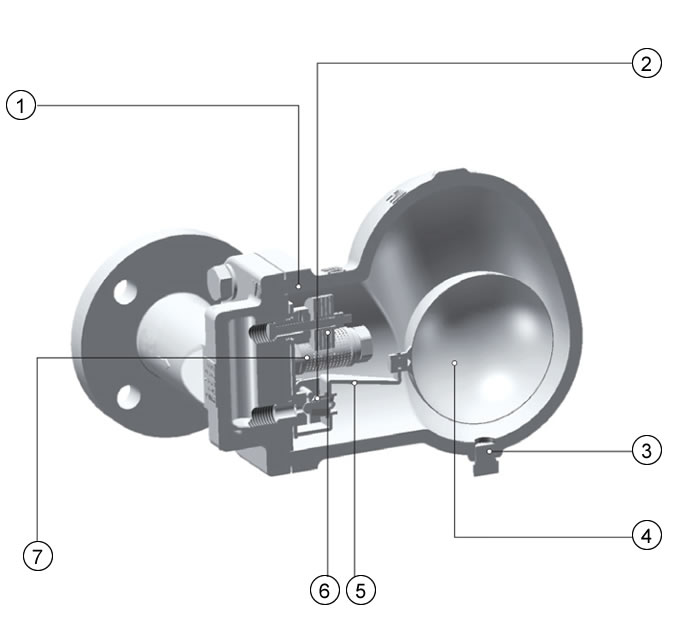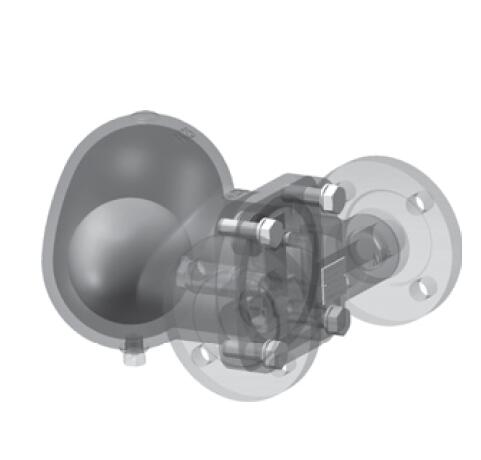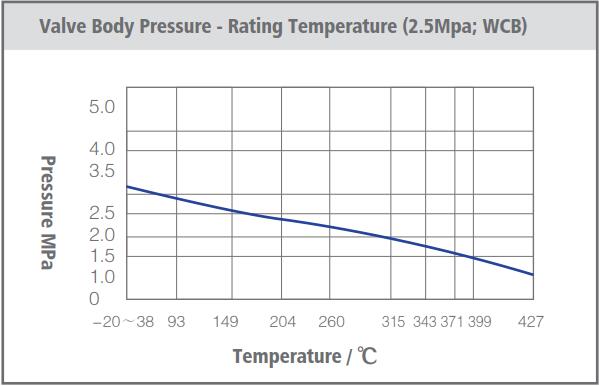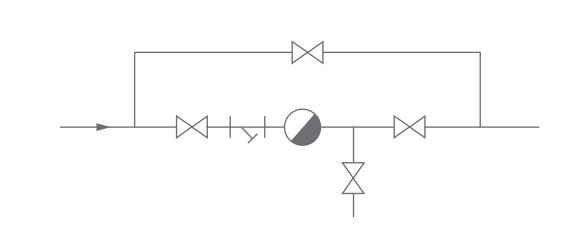High Strength Corrosion Resistance
Using WCB material, full consideration of corrosion allowance, minimum shell wall thickness, pressure and temperature rating.
Steam trap is a device that can automatically remove non-condensable gases such as steam condensed water and air in heating equipment or steam pipes, with no steam leak.
Lever float steam traps are characterized by large displacement, long life, good energy-saving effects, water hammer resistance, and beautiful appearance. They are widely used in process heat tracing, jacket heating kettles, reboilers and other equipment.
The technical advantages of VMV traps are: unique and reasonable structure and high-precision internals!

Using WCB material, full consideration of corrosion allowance, minimum shell wall thickness, pressure and temperature rating.
Micron-level high-precision valve seat and valve core ensure the reliability of the closing system and no steam leakage.
Reserved sewage outlet for discharge
The flawless laser-welded floating ball ensures the long working life of the steam trap.
Precisely calculated floating ball component structure makes the closing system work under water seal without steam leakage.
The unique air exhaust valve prevents the trap from being blocked by non-condensable gases such as air during initial or normal operation.
Effectively prevent pipeline impurities from entering the valve to ensure the proper operation of the trap.
VMV applies the flexible closing system to the lever float steam trap, which solves the problems of short life-time and bad sealing. In the design, factors such as shell strength, pressure and temperature grade, casting processability, fluid flow path, impact caused by water and vapor mixing, closing of the auxiliary water seal, and the strength of the valve cover gasket affected by the low temperature environment are fully considered.
The lever float type steam trap relies on the density difference between steam and condensate to work. When the valve body is full of condensed water and non-condensable gas, the air exhaust valve is opened to remove the non-condensable gas, and the floating ball moves up to drive the valve core to open. After draining the condensed water, the float ball drives the valve core to move down to close the trap.
The biggest advantage of the lever float steam trap is high back pressure rate (it can work under the pressure difference of 0.01bar), long life, reliable operation, convenient maintenance, with no original steam leakage.


The lever-float steam trap can drain water continuously. The subcooling degree is about 5℃, and the back pressure rate is above 95% (back-end pipeline pressure/steam pressure). It is suitable for pipelines and small equipment to remove condensate and back pressure to recover condensate. Generally, the safety factor is 2-3 times when selecting models, and 5-8 times for air separation units and drying cylinders. The condensed water volume and pressure difference of steam equipment are important indicators for type selection. The displacement of the same type of trap increases with the increase of pressure difference. Check the displacement curve in detail.

The lever float steam trap is installed horizontally at the bottom of the pipeline or equipment. The SFT10 trap can be installed horizontally or vertically. The basic configuration is shown on the graph.
The lever float steam trap is most suitable for back pressure recovery of condensate.